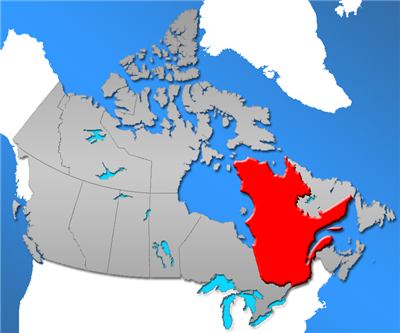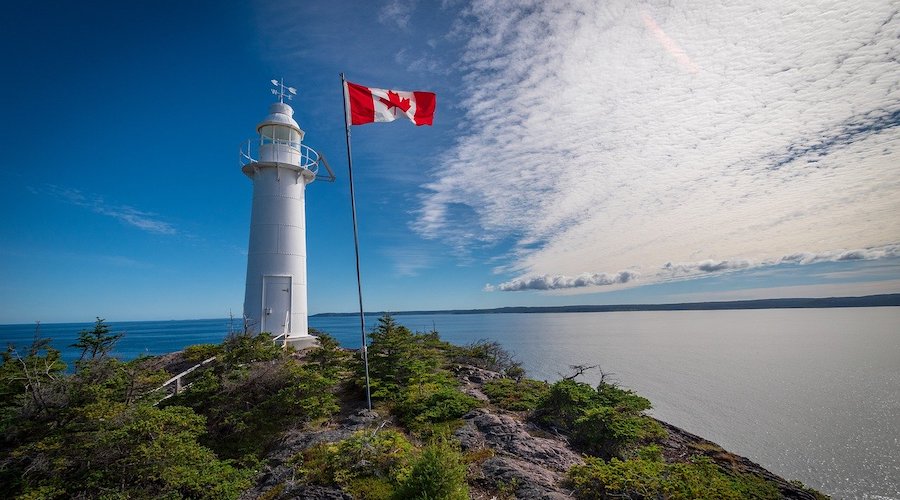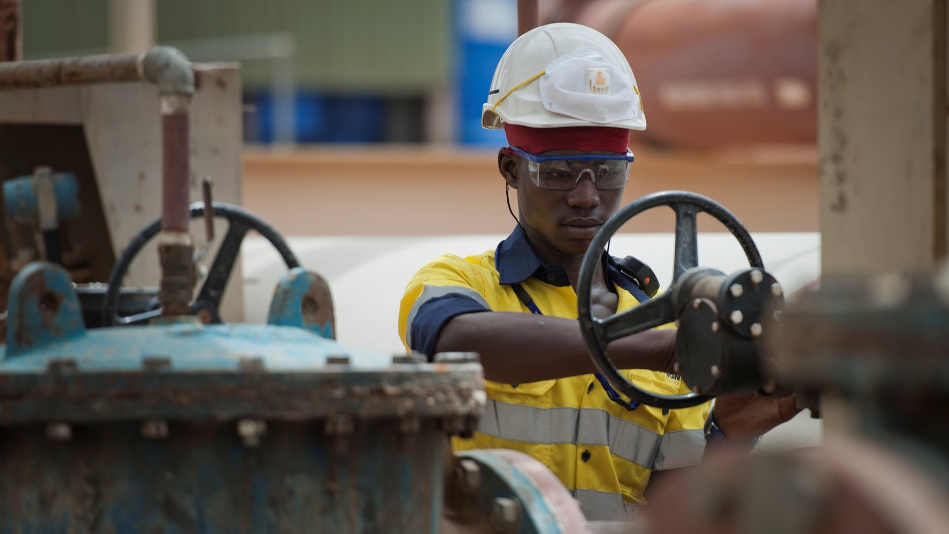Canasia doubles rare earth acreage in Quebec

VANCOUVER, BRITISH COLUMBIA–(Marketwire – Oct. 7, 2011) – Canasia Industries Corporation (“Canasia” and the “Company”) (TSX VENTURE:CAJ)(PINK SHEETS:CANSF)(FRANKFURT:45C) wishes to announce that it has increased its rare earth acreage in the vicinity of the Eldor Discovery in Quebec. 3,600 additional acres were acquired through Gestim, which now brings Canasia’s total to 7,198 contiguous acres prospective for rare earth.
On September 28, 2011, Canasia announced that the bulk sample program on the Clone Gold Prospect had been completed for the 2011 season. The output tripled last year’s production to approximately 102 tonnes. The grade of this year’s tonnage is now in the process of being established. Last year Canasia announced the final grade for 34 one tonne samples retuned an average of 68.65 grams per tonne (December 8, 2010) and also had drill results on the Clone that returned drill intercepts of 44.75g/t over 12.8 meters (October 22, 2009).
Negar Adam, President of Canasia stated, “We are pleased to double our rare earth property in Quebec. We also are anticipating receiving back the grades from the Clone Gold Prospect shortly, that we tripled output from this season from last season’s tonnage taken.”
If you would like to be added to Canasia’s news distribution list, please send your email address to info@canasiaind.com.
Negar Adam, President, Director
Canasia Industries Corporation
Neither the TSX Venture Exchange Inc. nor its Regulation Service Provider (as that term is defined in the policies of the TSX Venture Exchange Inc.) accepts responsibility for the adequacy or accuracy of this press release.
More News
{{ commodity.name }}
{{ post.title }}
{{ post.date }}



Comments
Jacques Richard
I am originally from Grande-Vallée and everything that’s going on about the aluminous clay in the region captivates me. Lately when I learned that Orbite Aluminae had acquired a bunch of claims west of Cap-Chat, I was baffled. It made me realise that my comprehension of how those deposits were formed was very different from the geologist poin of view.
To me, the Grande-Vallée formations are very recent and unique. They were formed after the last melt down. Prior to that, aluminous clay formations were scattered around by the glaciers movement. I belive that after the last melt down, the valley was submurged for a long period of time and that twice a day the sea would rush in and deposit sediments in a salt water basin situated between the lac ao Diable (Devil’s lake) and the hills leading to Murdochville. Specially where your claims are located, I think you are on to something. Good lock.
I would like a reply telling me what you thing of my deductions.
Jacques Richard, Québec city email jaclis@hotmail.ca